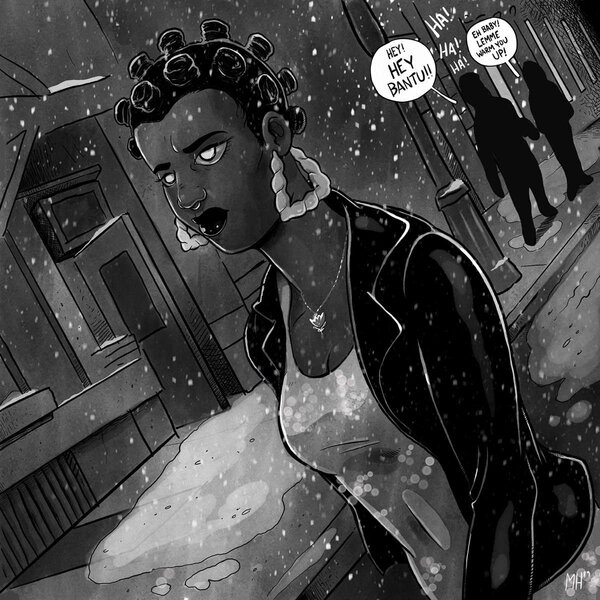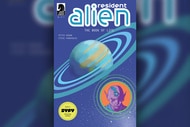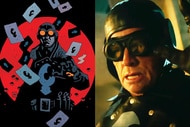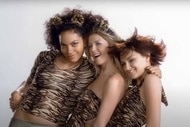Create a free profile to get unlimited access to exclusive videos, sweepstakes, and more!
Diary of a Mad, Black, Werewolf and the politics of being a Loup Garoux, Black femme style
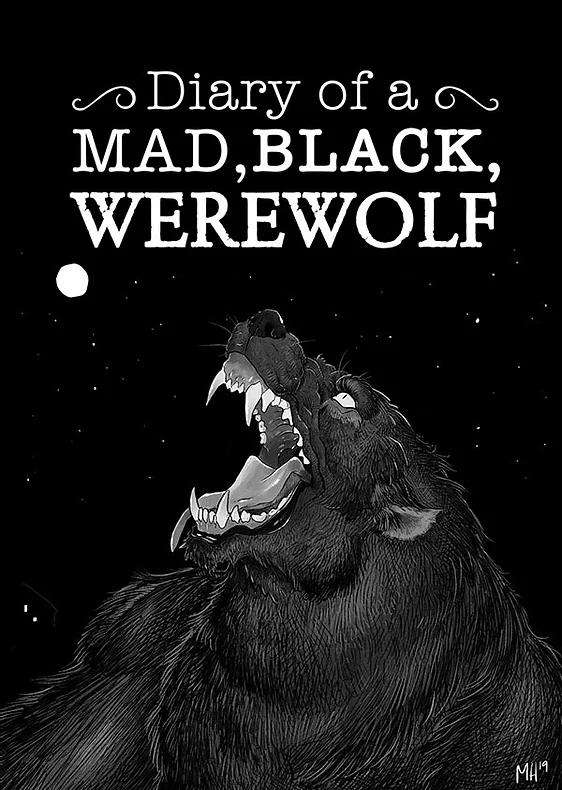
As with most folkloric legends, the werewolf has shape shifted (no pun intended) across storylines and narratives. Ranging from staunch political commentary to absurd creature features, the werewolf has no limitations in regards to its potential as a legendary horror creature.
The definitions of the Loup Garoux (loogaroo) we have witnessed via media share varied cultural aesthetics and have explored many types of sociological conflicts that deal with the inner self. The Howling and numerous werewolf lores have typically involved only white folks who have embraced the idea of internalized darkness. While the werewolf has origins within European folklore, it has been adapted to suit myriad cultural connotations expressed within film, comics, and animation. In Micheline Hess' Diary of a Mad, Black, Werewolf, we are introduced to the socio-political evolution of the werewolf while also recognizing the patterns of systemic violence Black women face in the very real world.
Considering that the werewolf represents the inner darkness of the human spirit, Micheline's book errs on the right side of anger and history. Set in modern-day New York, Aura, a member of the Clan of Protea, preys on the guilty racists of the city. Cops who get away with murder, Karens who utilize police violence in order to retain their entitlement — all are under the radar for Aura and her crew. The Clan is comprised of Black women who all possess the ability to transform into the Loup Garoux and they have been together since the time of the Trans Atlantic slave trade. They were seen as heroes as they plowed through the Confederate South, devouring plantation masters and overseers. The fantasy of vengeance bleeds through the entire comic, something that may be seen as controversial for those who do not understand the true and tried struggles of African Americans then and now.
While violence is a touchy subject when it comes to the socio-political landscape, Hess was deliberate in expressing her feelings with the current state of things. "I wanted to use this comic as a means of expressing my discontent and anger with the state of the world." Hess, who has written children's books centering Black children, admits that she was hesitant in her pursuit of a different genre — especially one that could be considered politically charged. "Actually, it was my dentist that suggested I go forward with the comic!" When it comes to creating works that are seen as 'off-brand' by one's fan base, the making of this comic would reveal the true feelings of those who were familiar with her work.
Violence against Black bodies exists in reality, but it is very, very rare for a depiction of vengeance to exist in our collective reality. For Black people, the idea 'becoming' even with our oppressors by means of releasing our darker psyche is hardly new and is oftentimes highly politicized. Whether we take a look at Reconstruction-Era horror films — like King Kong, or D.W. Griffith's controversial Birth of a Nation — Blackness has always been likened to the 'animalistic' sides of the human ego, further enabling the subhuman argument that has accompanied white supremacist ideology. While these haunting legacies still present some challenges in the horror genre (Blackness is inherently 'evil'), Micheline's decision to create relatable characters while also defining Black women's solidarity in our communities creates a possibility of Black rage, Black vengeance, Black selfishness in a world that would see us suffer in silence, and in creating that possibility, is quite the revolutionary feat.
Micheline Hess was born and raised and NYC. In addition to Diary of a Mad, Black, Werewolf, she has also written Malice in Ovenland, The Anansi Kids and the All Saint's Day Adventure, and The Island Cats of Cunga Ree. You can find her work via PeepGame Comix and her website.
